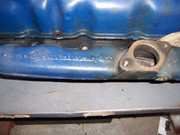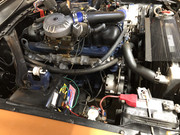TrickSix
Famous Member
1970 170 head for sale on Ebay. Has the 1-3/4" inlet and the intake log looks bigger than the older versions. Not sure about actual flow efficiency. Also has small combustion chambers, so no need for lots of milling if used with a 200. Kind of expensive but looks in good shape.
https://www.ebay.com/itm/1561961419...uid=yPAA4oA3Qxu&widget_ver=artemis&media=COPY
https://www.ebay.com/itm/1561961419...uid=yPAA4oA3Qxu&widget_ver=artemis&media=COPY







